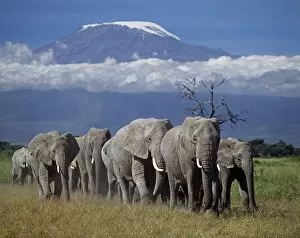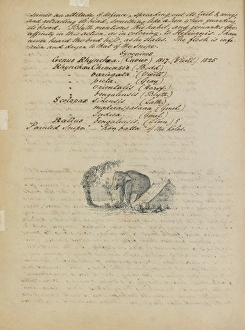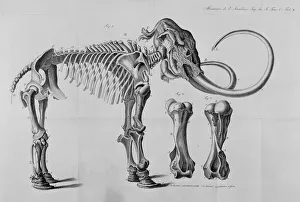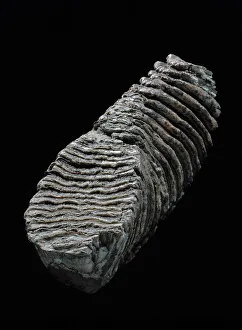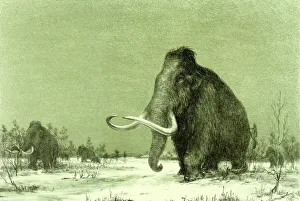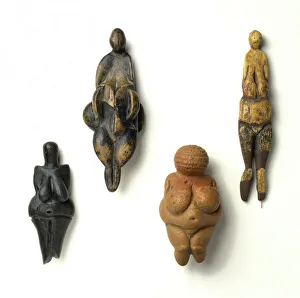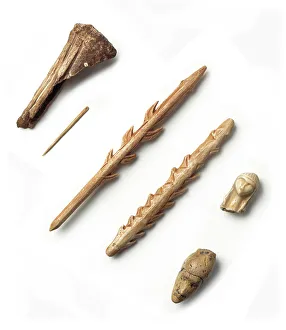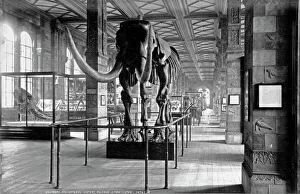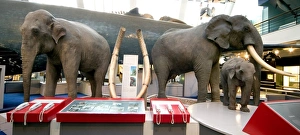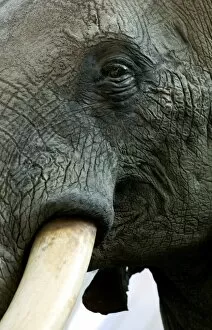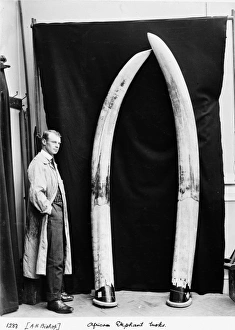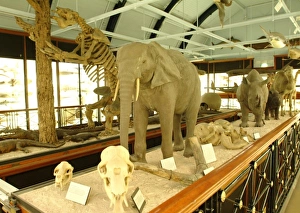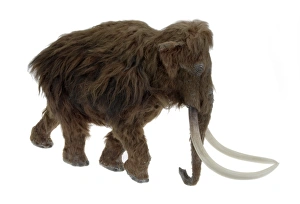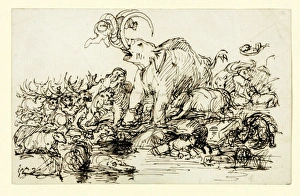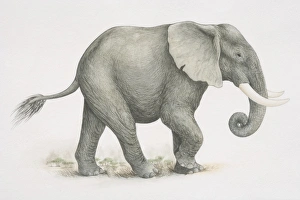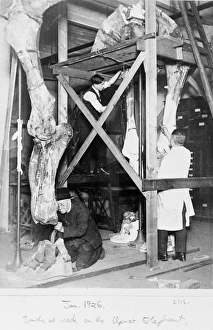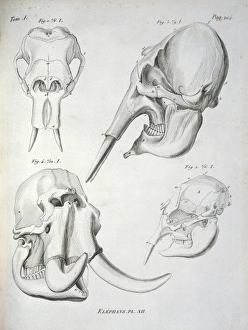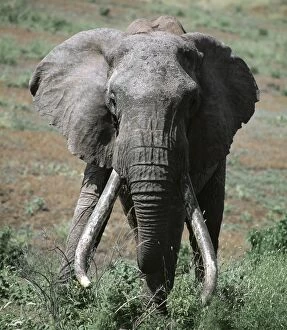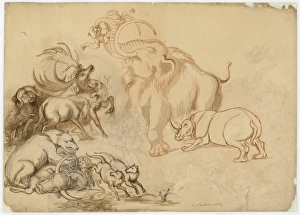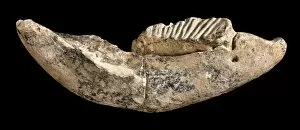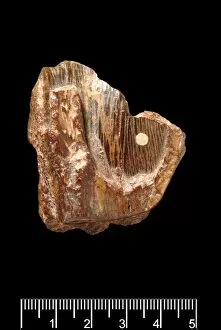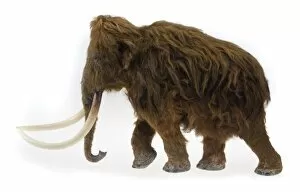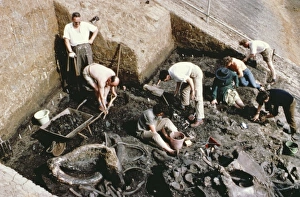Proboscidean Collection
"Discover the Fascinating World of Proboscideans at The Natural History Museum" Step into the Mammal and Whale Gallery
All Professionally Made to Order for Quick Shipping
"Discover the Fascinating World of Proboscideans at The Natural History Museum" Step into the Mammal and Whale Gallery, where a majestic herd of elephants greets you with their graceful presence. Marvel at the mammoth skeleton drawing, a testament to these magnificent creatures that once roamed our planet. Immerse yourself in the wonders of Loxodonta africana, the African elephant, as you learn about its habitat and behavior. Picture Augustus H. Bishop standing proudly beside enormous elephant tusks in May 1912, showcasing their immense size and beauty. Make your way to The Natural History Museum at Tring, where you'll encounter captivating exhibits dedicated to proboscideans. Admire the Woolly Mammoth display and examine a tooth from this ancient creature that lived over 22, 000 - 30, 000 years ago. Delve deeper into history as you explore artifacts like Venus figures dating back thousands of years in the Geological Gallery. Witness Upper Palaeolithic tools from 18-30, 000 years ago that shed light on early human interactions with proboscideans. Don't miss out on seeing a model of the Ilford Mammoth up close – an awe-inspiring representation of this extinct species that once roamed our lands. Let your imagination run wild as you envision these colossal beings roaming freely across vast landscapes. Join us for an unforgettable journey through time and space as we unravel the mysteries surrounding proboscideans – creatures both familiar yet enigmatic – at The Natural History Museum's remarkable exhibition.

